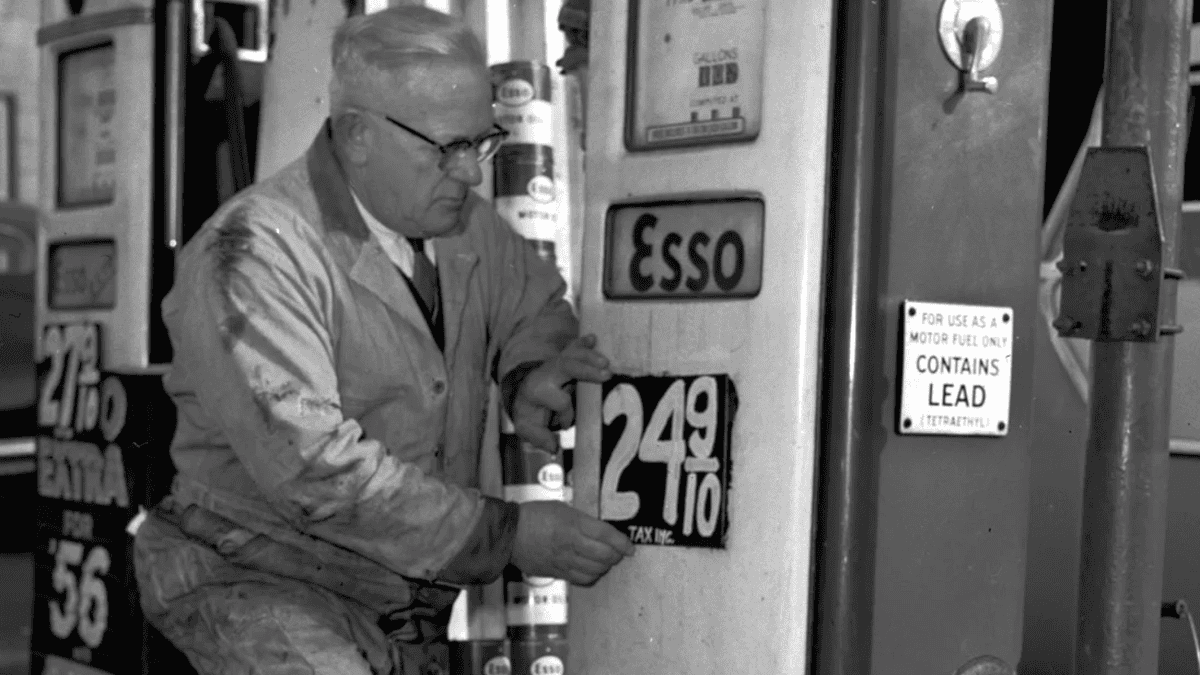Lucky? A little bit. That Charles Leclerc and Lance Stroll walked away from FP3 at Barcelona without receiving anything more than a reprimand for what can be charitably described as ‘avoidable contact’ left something of a sour taste in the mouth.
The end of the final practice session at the Circuit de Barcelona-Catalunya was suffused by something of an ill-tempered air, as a series of drivers jostled too closely for meaningless track position. It was effectively over, but the circuit resembled rush hour in the city centre of your choice during rush hour- and not for any discernible reason.
It had started when Lance Stroll and Lewis Hamilton had a coming together at Turn 5; Stroll appeared to have been baulked by Hamilton a few corners previously and commented that the Mercedes driver “thinks he’s alone on track”. Thus, Hamilton took to the outside of the tight infield left-hander to let Stroll through Instead, the Canadian followed him wide and made contact – an act which damaged his own floor.
Then, just a few metres down the road a matter of minutes later, Leclerc chopped across Lando Norris out of the Turn 6 kink. The Monegasque was also frustrated by Norris, who subsequently peeled to the inside of the track to let Leclerc take the outside and the line for Turn 7. But Leclerc seemed to list lazily to the left, which also produced more than a modicum of contact between the two.
Lewis Hamilton, Mercedes AMG F1 W08, Sebastian Vettel, Ferrari SF70H
Photo by: Sutton Images
It appeared that both manoeuvres were born out of frustration. They rather carried a similar flavour to Sebastian Vettel’s intentional wheelbang with Lewis Hamilton at the 2017 Azerbaijan Grand Prix, the German incensed by the idea that Hamilton had brake-tested him under the safety car. This earned Vettel a 10-second stop-and-go penalty and three points on his licence, so there was an apparent yardstick for similar incidents.
Instead, both Leclerc and Stroll received reprimands. Thus, the message that the stewards have sent out is this: drivers are categorically allowed to hit someone intentionally and only receive a slap on the wrist, as long as they don’t do so “dangerously”.
The stewards’ reports read thusly, starting with Stroll’s contact on Hamilton: “The driver of Car 18 stated that he got impeded by Car 44 into Turn 5 and that upset him. He admitted that he wanted to express his displeasure to the other driver by pulling over on him at the exit. Both cars made slight contact which was incidental.
“However, the Stewards consider the move made by Car 18, whilst not being dangerous, to be erratic and therefore issue a driving reprimand in line with precedents.”
This doesn’t wash. Stroll admitted to driving across Hamilton to make a point, and created contact as a result. Dangerous or not, it nonetheless appears to be an attempt to use a car as a weapon simply to relieve some frustrations. It’s a decision made on output, rather than input. Nobody was hurt, so go figure.

Lance Stroll, Aston Martin F1 Team, in the garage
Photo by: Zak Mauger / Motorsport Images
Either way, it’s slightly more 50/50 than the Leclerc/Norris incident; Stroll could have simply said he’d washed out, or unlocked the steering more than he’d intended, as those are very possible outcomes at that corner. Fair play to him for owning up to it, but his statement that it was an intentional act should be subject to more in punishment.
The stewards’ report for Leclerc’s shot across Norris’s bow was more egregious, and might even provoke a few nervous laughs in disbelief at what South Park fans might describe as a ‘Chewbacca defence’: “The driver of Car 16 stated that he got impeded by Car 4 into Turn 5 and that upset him. He then had to abort his flying lap and contended that, while trying to get off the racing line before Turn 7, he misjudged the position of his car and made slight contact
with Car 4.
“Irrespective of any possible intent, the Stewards consider the move made by Car 16, whilst not being dangerous, to be erratic and therefore issue a driving reprimand in line with precedents.”
Leclerc was going at more or less full pelt while Norris had drawn to the inside, looked in his mirrors as he was changing down, and swerved across. At best, one could say that he thought he’d cleared Norris and was too eager in pulling to the left, but that’s giving way too much credit here.
Maybe Hanlon’s razor applies here: ‘never attribute to malice that which is adequately explained by stupidity’, but knowing Norris was there and then choosing that exact moment to back out of a lap that was already doomed had at least a tinge of cynicism about it.
Leclerc at least stuck to his word, stating that it was a “misunderstanding” and that he did not intend to force contact between them.
“I mean the version is very simple. Lando exited the pitlane and I was behind on a push lap,” he explained.
“Then when he aborted, I also aborted, I braked to be alongside him and misjudged so I was on the on the right.
“I didn’t want to impede either the cars behind and so I was a bit in the middle by being frustrated and looking in the mirrors to try not impede and then we collided but it was more misunderstanding more than anything.
“You’re always frustrated when you do that but you never want to touch, because obviously in FP3 that’s the last thing you want to do: to damage the car.”

Charles Leclerc, Ferrari SF-24
Photo by: Andrew Ferraro / Motorsport Images
Penalties have two roles: to act as both punishment and as a deterrent. And, given there was little of the former, drivers can now indulge in their less savoury fantasies and force contact with one another, just as long it happens in practice, they were blocked, and just as long as it happens at low speed.
Formula 1 is not the place to play fast and loose with deliberate contact. It’s not a ‘rubbin’ is racing’ environment. Trading paint in touring cars is a much less high-risk environment in the context of bodywork with no catch points and enclosed wheels.
Lock wheels in F1, and somebody’s likely to take a short flight and an even shorter stop. Avoidable contact is one thing and carries its own risk; intentionally creating that risk seems to be at odds with all of the growing safety measures present in modern motorsport.
And it’s only practice. It’s not a do-or-die pass for the lead, or a last-ditch save for the final point on offer – this is some cars taking part in a glorified test session. It’s just unnecessary.








